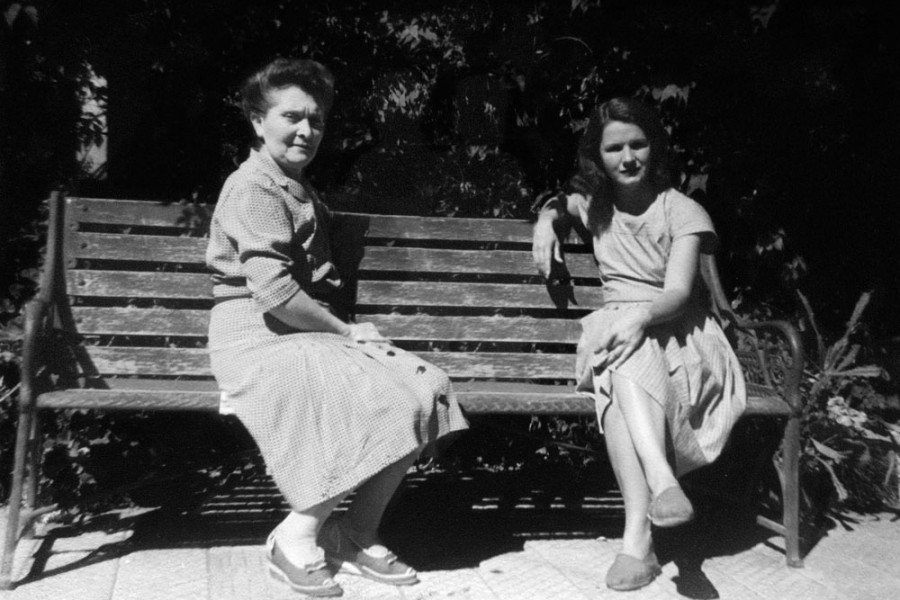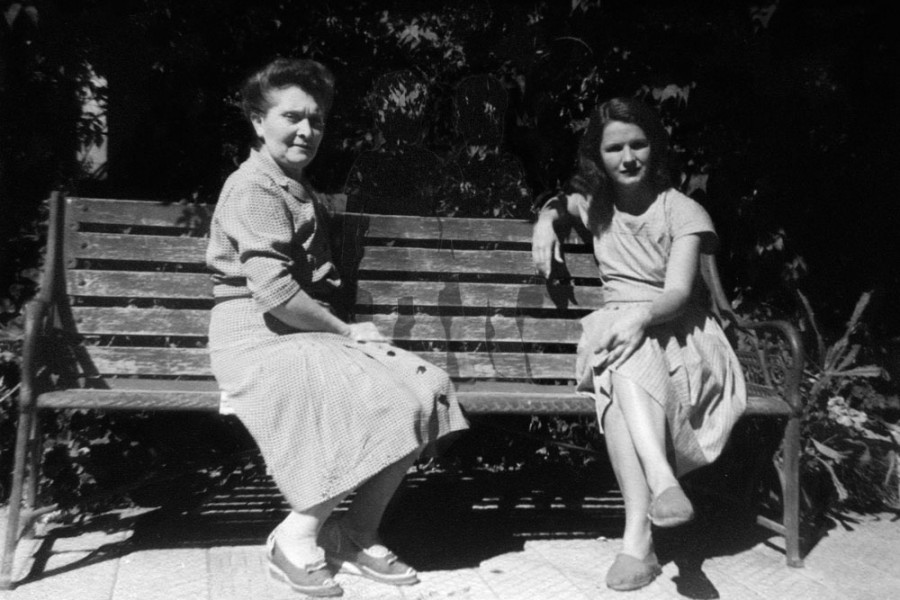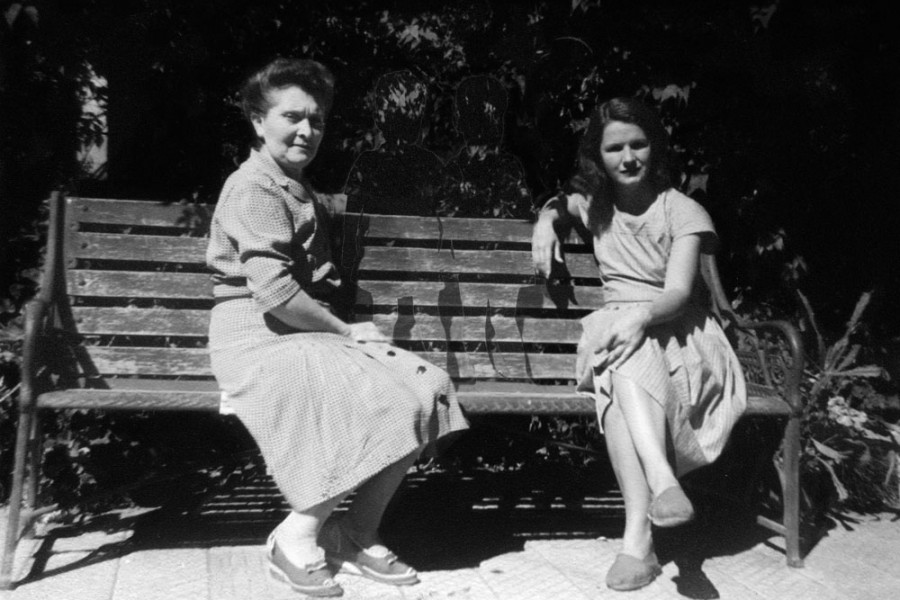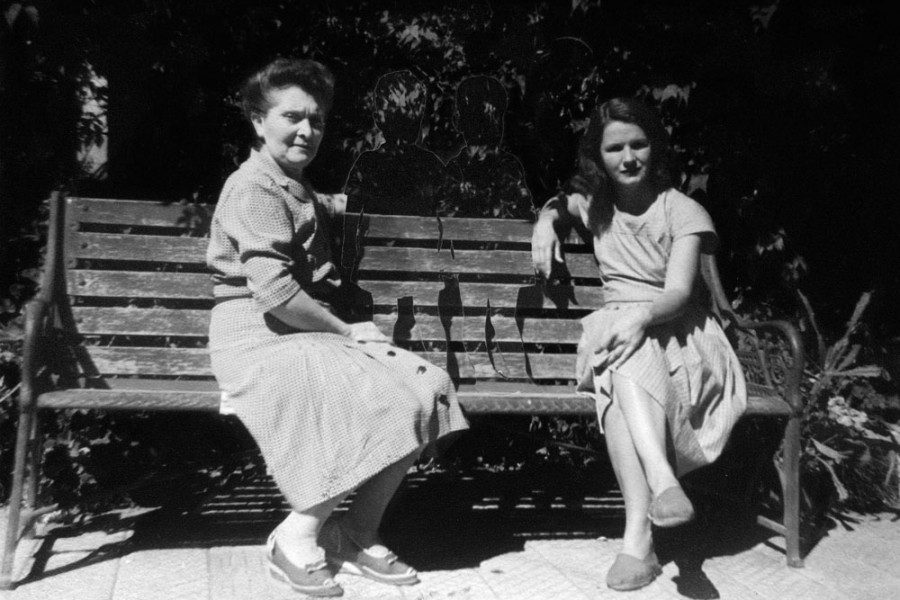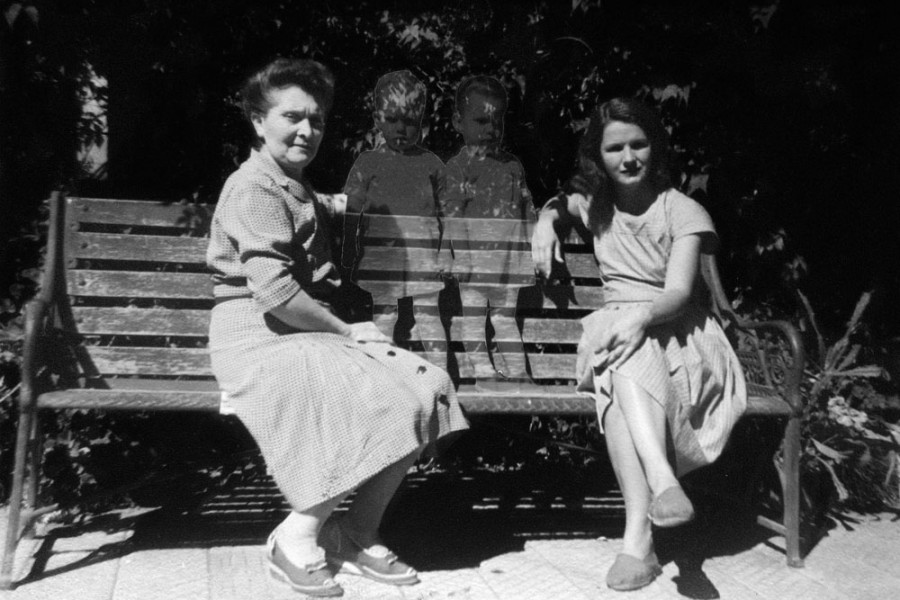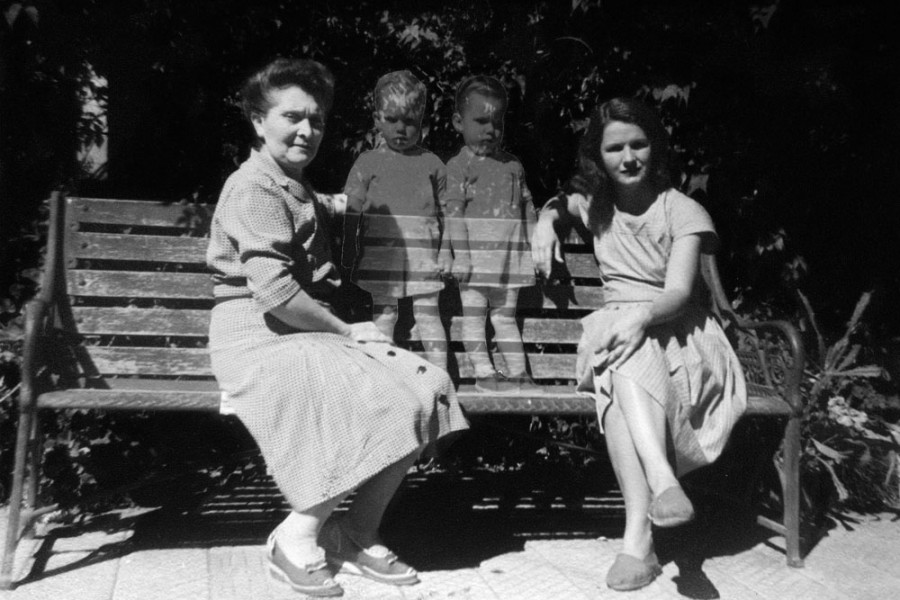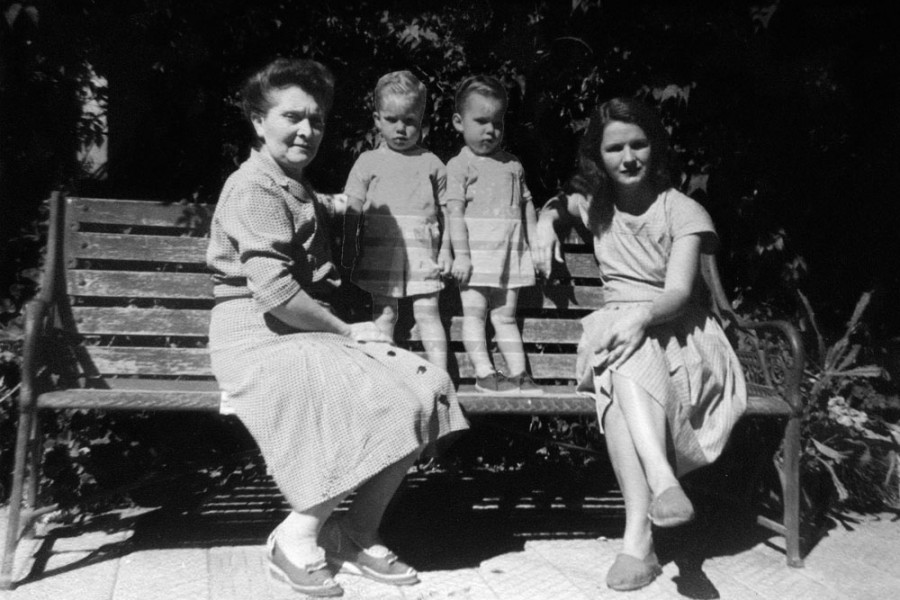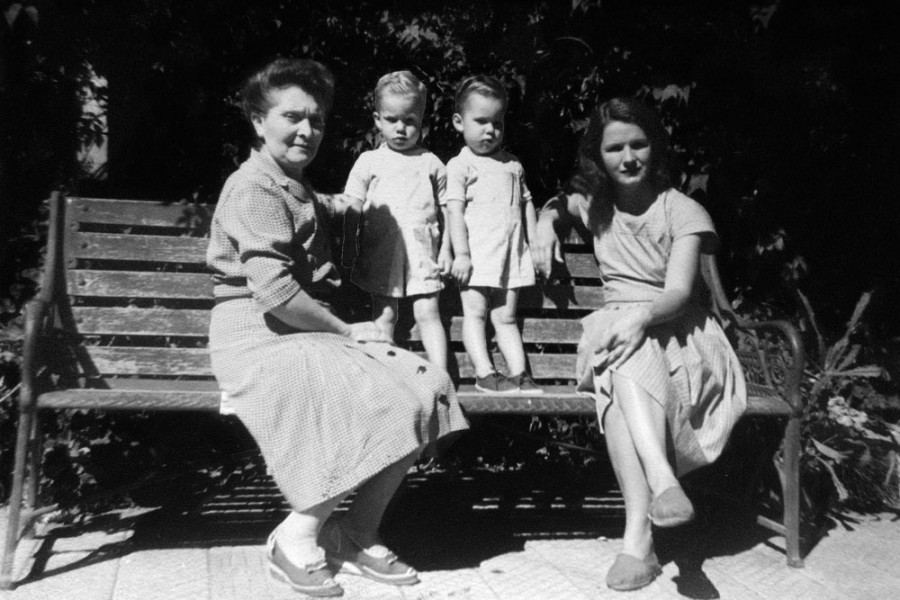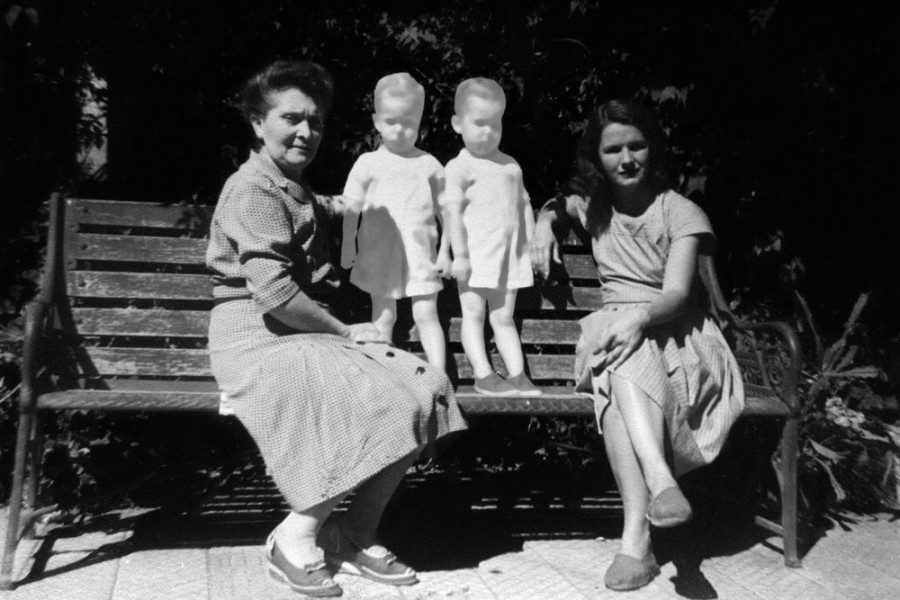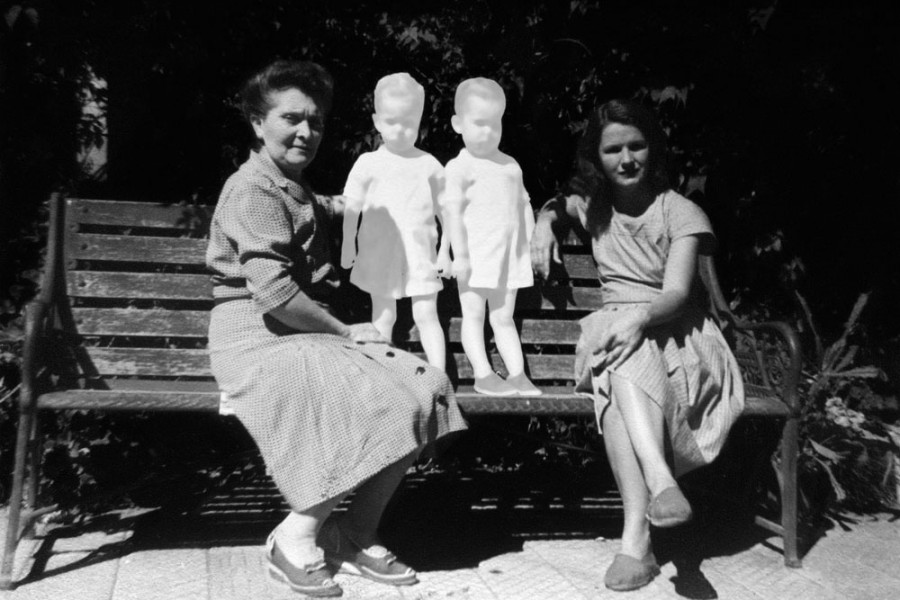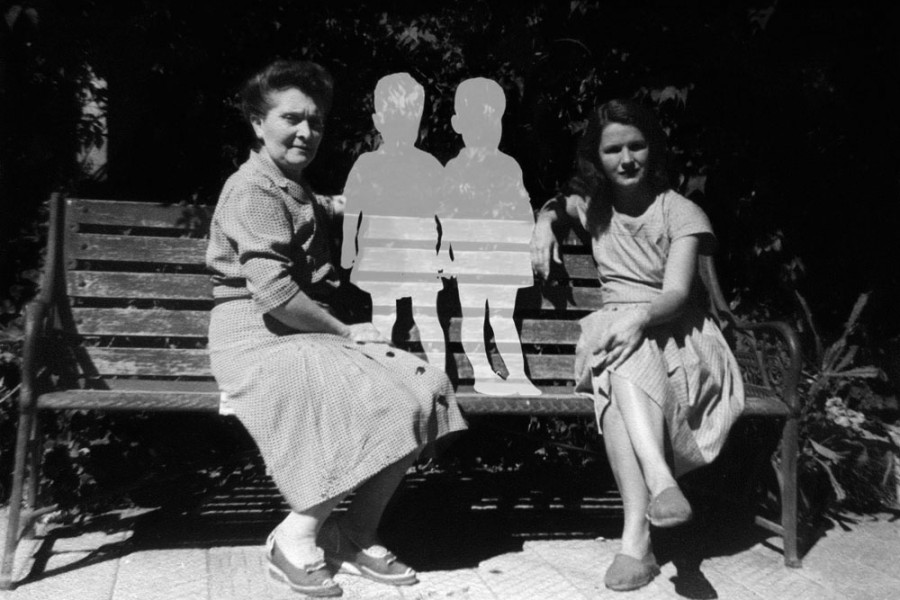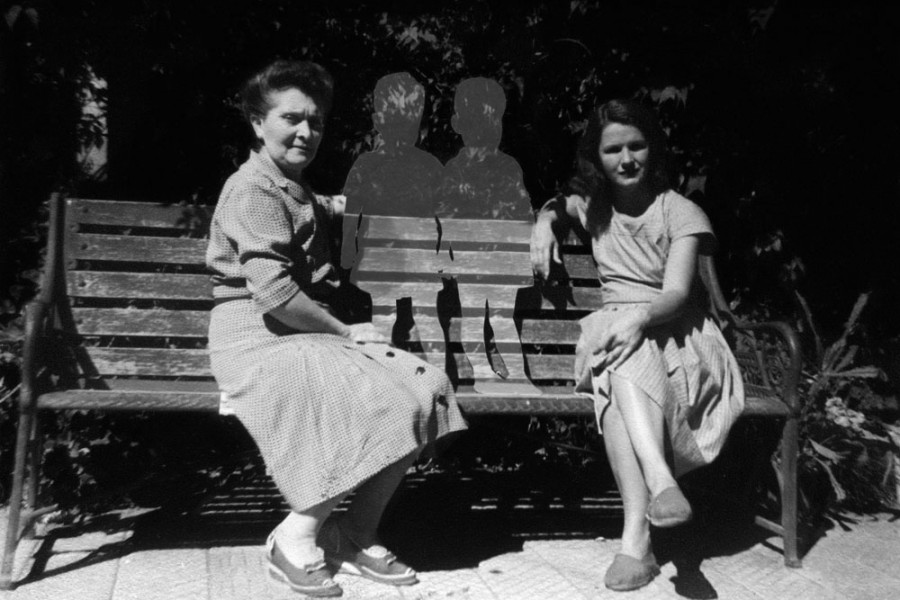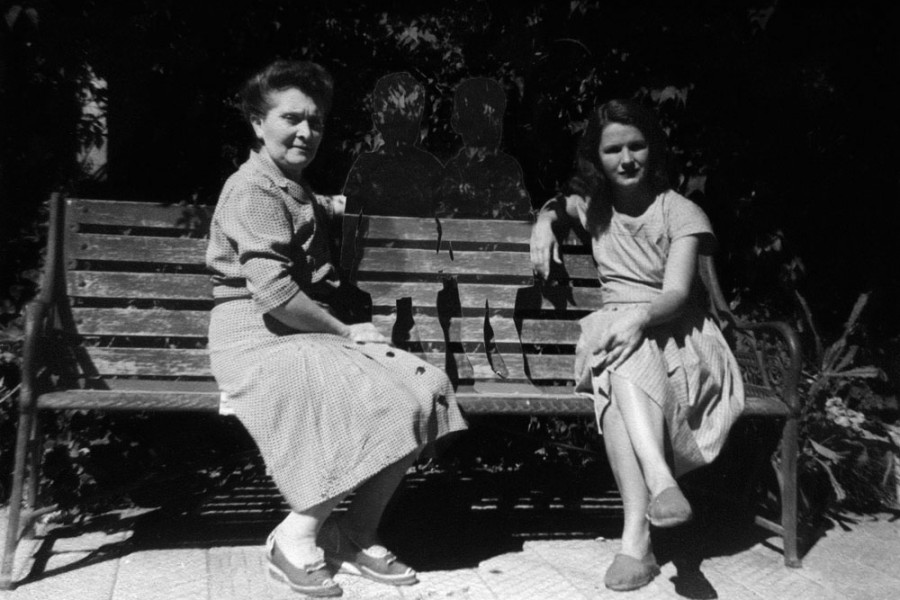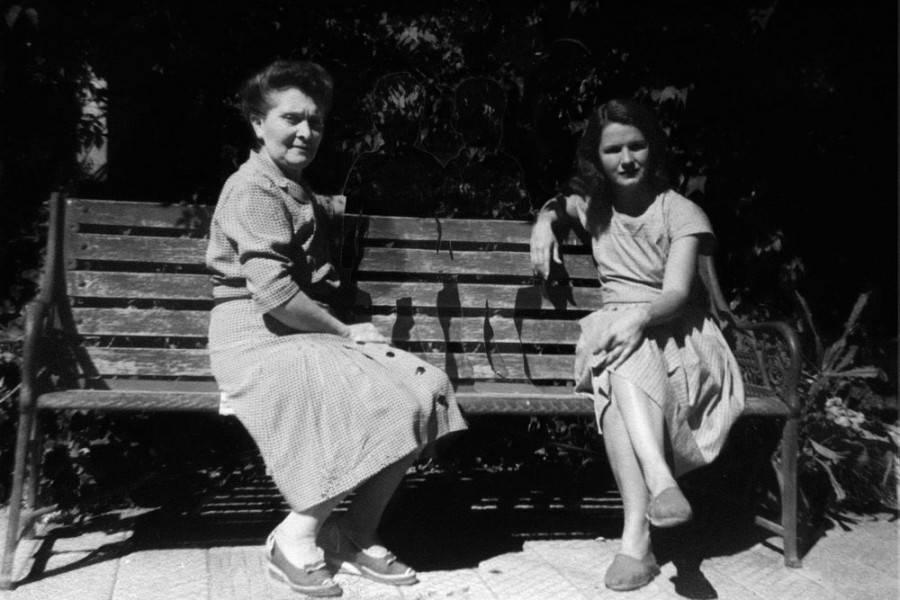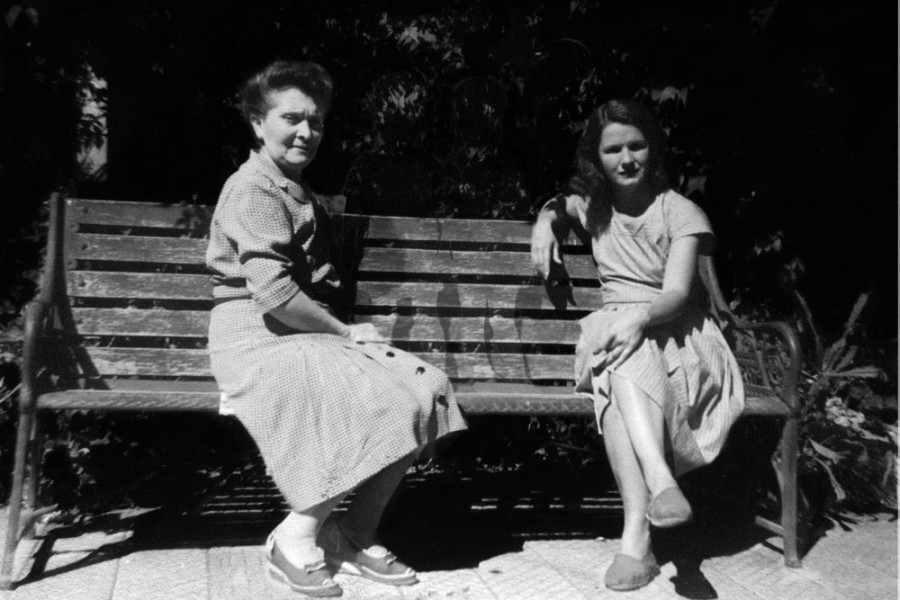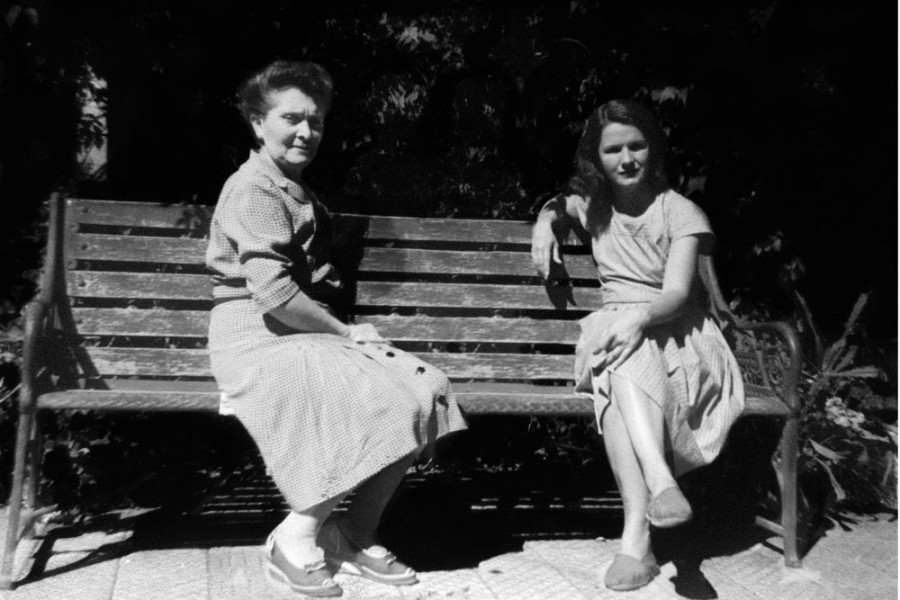Exhibition Thinking Tools, Gallery FAFA, Helsinki 2011
The primary framework of Open Space Sculptures is the basics of visual art, according to which an image contains two types of space: positive and negative. Positive space is formed by the actual object or topic. In other words, even each and every letter on this page constitutes a minuscule positive space of its own, whereas the white paper background is negative space, as are the white areas between letters. Words and images exist in a void, in the space in-between where the process of understanding takes place. It is precisely in this whiteness surrounding words where our reading takes place, since the whiteness reminds us of a much greater space within which the word comes about. It is precisely this way that the shapes of negative spaces are determined by those of positive spaces, but rarely, if ever, do we set out on reading a text by the intermediate negative spaces. Open Space Sculptures ask whether this, however, could be possible, and if so, in which situations.
Another idea that responds well to interpretation through the concept of positive and space is that of perfect structure presented by the American artist Gordon Matta-Clark (1942–1976). Open Space Sculptures are about scale, as was Matta-Clark’s perfect structure: how large can be small and vice versa.. Also for his contemporary the American artist Robert Smithson (1938–1973), scale means instability. Size determines an object, but scale determines art. A crack in the wall if viewed in terms of scale, not size, could be called the Grand Canyon, Smithson writes.
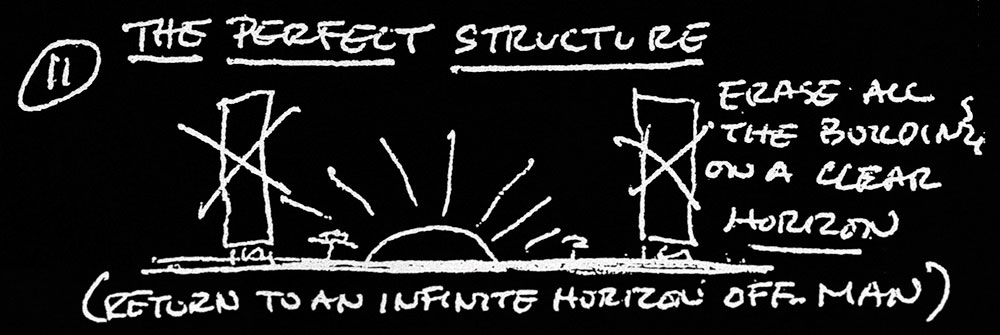
Open Space Sculptures are independent and self-sufficient pieces, and they can be seen as abstractions the function of which is determined not by spatial restrictions, but by the viewer’s reception capacity. Their scale depends on each viewer’s alertness and readiness to take in the reality surrounding them. The most important point is to apprehend what is around and before one’s eyes, however unstable or fugitive it may be. When we refuse to release scale from size, we are left with language in which scale and dimensions are inseparable and which is predominated by the object, Smithson wrote when describing his famous work, Spiral Jetty. He describes precisely such tendency of viewing art where language and preset mental images preclude one from seeing anything else but the object often laden with unfulfilled desires, positive space. Open Space Sculptures cannot be conceived with the terms of the ”object” of art: just like Smithson’s Spiral Jetty, these pieces reject ”objective criticism”, because that would stifle the generative power of visual scale.
The sculptures suggest the concrete act of occupying airspace: they not only visualize an idea, but also constitute the very artwork. They are located between the language and the matter, the image and the concept; they are linked to both, yet they are unequivocally attributable to neither. Open Space Sculptures are of no other form. They do not emphasize the necessity of creating an object in the traditional sense, an artefact, or the primacy of such process; instead, they endeavour to challenge the cultural process of creation. In this process, the production of an artefact, an object or the actual creative work should be a voluntary option. Again citing Smithson, “the question about the form of the artwork often seems as hopelessly inadequate as questions about content. Problems are unnecessary because problems represent values that create the illusion of purpose”. It all comes down to the viewer’s relation to Open Space Sculptures. Thus, the sculptures enable the scrutiny of the abstract and incorporeal space presumably left between the viewer and the work – the apparent distance, static, disturbance or silence, which is one of the predominant forms of empty/negative space.
The substantiation and expansion brought forward by Open Space Sculptures occurs when our eyes move in space and time – up, down, right and left. Now our eyes, roaming the negative space, meet the void peeking at us from between the tines of a designer fork placed in front of the leaning tower of Pisa, now they see the boundless horizon, now the empty space between buildings. Open space can also be perceived in the distance between two people – in the street, store, bus, elevator… You can observe it by watching how people settle themselves in relation to each other – how close to or how far from one another – or how the twin brothers Gordon Matta-Clark & Sebastian Matta are placed between their mother and grandmother.
See the slideshow below. (The show starts automatically and it will pause untill you place the cursor on the show.)
